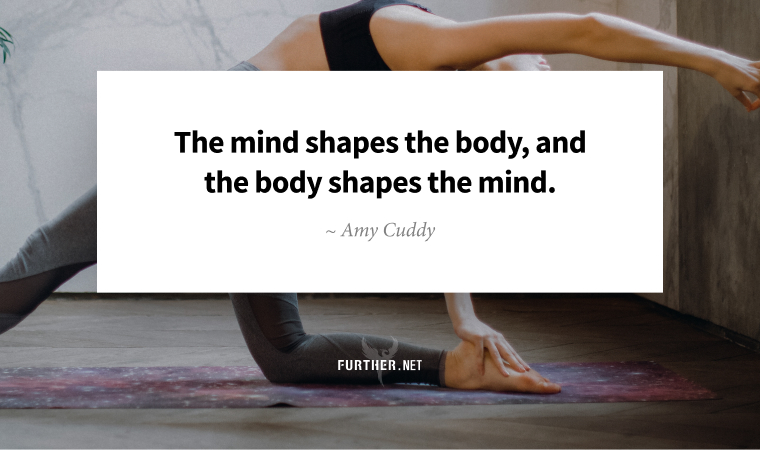
As a meditation teacher, I hear tons of rationalizations about why people believe they don’t need a regular practice. Topping the list is, “my workout is my meditation.”
I get it, although frankly it’s up there with the proverbial “dog ate my homework” excuse. A fitness-related endorphin release, which can feel blissful, isn’t the same. And as a serial solo exerciser who loves biking and hiking, I know I tend to ruminate when I’m working out.
If your mind is moving faster than your legs, it’s not meditation.
Still, you can use exercise to build both mental and physical strength. All it takes is a dash of mindfulness to get into the zone.
The Benefits of Building Your Mind-Body Muscle
One of the most powerful tools to achieve your personal best is awareness. Research shows staying present as you train improves the quality of your movement and overall workout.
There’s also evidence that the mood-boosting aspects of meditation and physical activity are complementary. A Rutgers University study showed combining meditation and exercise can reduce depressive symptoms by up to 40%.
On the other hand, when you’re driven to distraction, workouts can be counterproductive for your well-being. As mindfulness instructor David Gerken astutely observes:
Being stuck in Thoughtlandia for 45 straight minutes results in our feeling less centered afterward, which makes us more susceptible to any adversity that may pop up during the rest of our day.
Knowing that your long-term health depends on higher-quality workouts can help you take action. By introducing mindfulness into your fitness routine, you can drop self-judgment and other negative thoughts and bring a sense of peace and positivity into your day.
Breathe Mode
The benefit of intentional breathing in exercise, for example, inhaling and exhaling as you lift weights, may not be news to you. But Gerken takes it a step further by guiding you to follow your breath as you work out.
As you begin to exercise, it’s simple to focus on the task at hand. But soon enough, your mind will wander. At that point, bring your attention to your breathing and count ten full breaths.
You can also choose triggers to get your mindful breathing in, like after a certain number of laps if you’re a swimmer, at a landmark if you hike, bike, or run, or in between sets of something that requires concentration (like weight training). Shoot for half a dozen cycles of ten intentional breaths during a 45-minute session.
Practice is vital to expand both mental and physical capacity. So drop the weight of spinning on your past or future during your workouts and instead find strength in the present moment.
